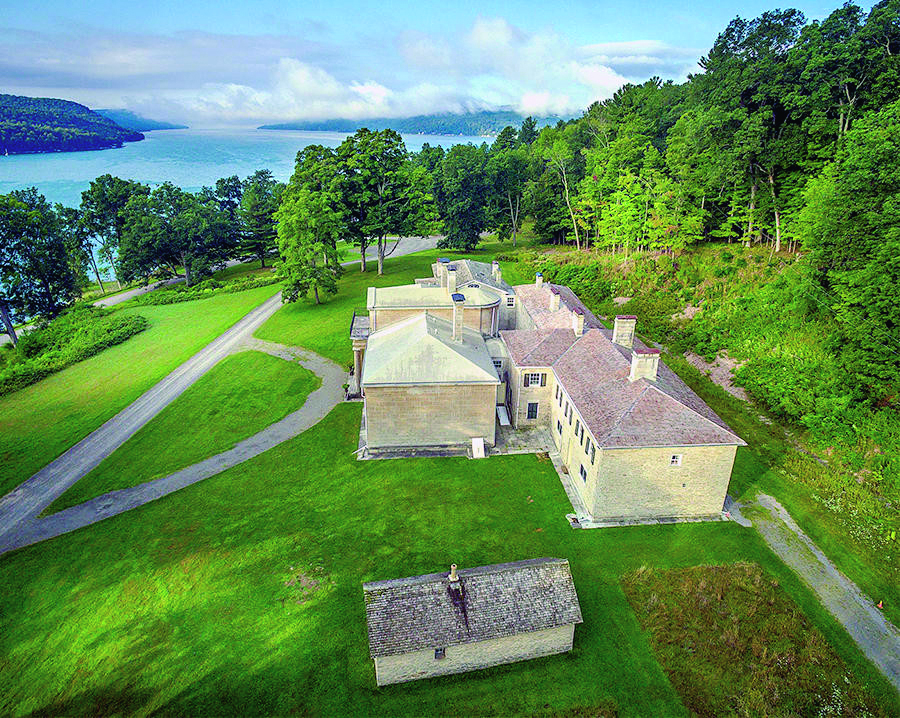Hyde Hall Presents
New Different Programs!

Why is Hyde Hall using a drag show to share history this weekend? The answer is simple: why not?
It’s a little-known fact that historians like to have fun and experiment with ways of sharing the rich past with the public. A piece of Hyde Hall’s mission is to develop inclusive educational programs and events that help diverse audiences explore, appreciate, and understand history. To meet this portion of the mission, the museum has been developing various tours, recreated historic dinners, historic lighting and cocktail programs, folklore and ghost events, musical experiences, and now, a drag show. Hyde Hall in Drag explores nuances of the potency of the human experience and helps outline what happened on northern Otsego Lake over 200 years ago.
Hyde Hall’s Executive Director Jonathan Maney says that “making the past relevant to a more diverse audience requires new approaches and new thinking. Our goal is to expand the appeal of Hyde Hall to everyone in new ways.” He adds that “I hope everyone will join us for a fun night of entertainment and storytelling.”
As an art form, drag consciously bends society’s rules about gender for personal expression, entertainment, art, political or social statements, and to help tell stories. One of the reasons stories are so important is that they are a major way that we learn about the past. However, the past is frequently shared in repetitive, sterile, and impersonal ways. History is a collection of dynamic events and personal narratives that are full of drama and emotions, and Hyde Hall’s goal is to encourage the exploration of themes that are often neglected and waiting to be studied.
Drag shows are typically joyous events where audience members can suspend reality for a moment. Hyde Hall’s objective is that this new event will provide a space for audiences to open up to the possibility of exploring another time and space, and learn more about the area’s history. The program will take the audience through Hyde Hall’s early years and illustrate how an English country house came to be in rural Upstate New York in the early 19th century. Local artists will help bring the characters from the house’s past to life while mixing in more traditional drag performances. There will be themed signature cocktails, live music, and history to explore.
Drag is an ancient art form used in Egyptian temples, Greek dramas, medieval pageant plays, and Shakespeare’s Globe Theatre. Today it has evolved into an act of personal expression and fosters a culture of inclusion, and gender identity has become less central to the art. Regardless of age, race, sexual orientation, or gender identity, the drag community has a place for everyone. The art encourages creativity, reveals personal authenticity, helps artists have a cathartic experience and overcome barriers or fears, provides a space for vulnerable self-expression, and communicates universal truths.
“We find elements of drag everywhere in the past,” says Hyde Hall Marketing Manager John Henry Aborn. “Drag can be putting on a look to provoke a reaction. Clothing during the 1830s — when Hyde Hall was completed — was dramatic and mercurial. The period saw styles for men and women beginning to coalesce and dissolve the gender binary, with exaggerated shapes and silhouettes of hats, bonnets, hairstyles, coats, and gowns.”
First time going to a drag show?
For those experiencing a drag show for the first time, there are a few things to expect. Performances are diverse and routines can include a variety of elements. A typical drag show can include singing or lip-synching to songs with a choreographed dance, pantomime, comedic skits, audience interaction, cabaret, burlesque, group numbers, or a combination of any of the above. Drag performers work meticulously preparing their looks with elaborate clothing, hair, jewelry, and makeup. Drag shows, as we see them today, are hosted at bars or clubs, but have expanded to other venues as their popularity grows.
During the show, it’s appropriate — and encouraged — to tip the drag performers. They are often freelance artists and will greatly appreciate your contribution. Elaborate costumes, makeup, wigs, props, and accessories are expensive and your support can help performers provide the best possible experience for the evening. Make sure you have dollar bills ready, but your support can go further than cash tips. By encouraging the artists and cheering them on, everyone will be sure to have a good time. Also, be mindful to behave in such a way that makes the performers and members of the audience feel comfortable or safe, and remember that consent is key.
This event is unlike anything that the historic site has offered before. The museum eagerly welcomes audiences into the Hyde Hall experience as a space for everyone.
Tickets are available online.

